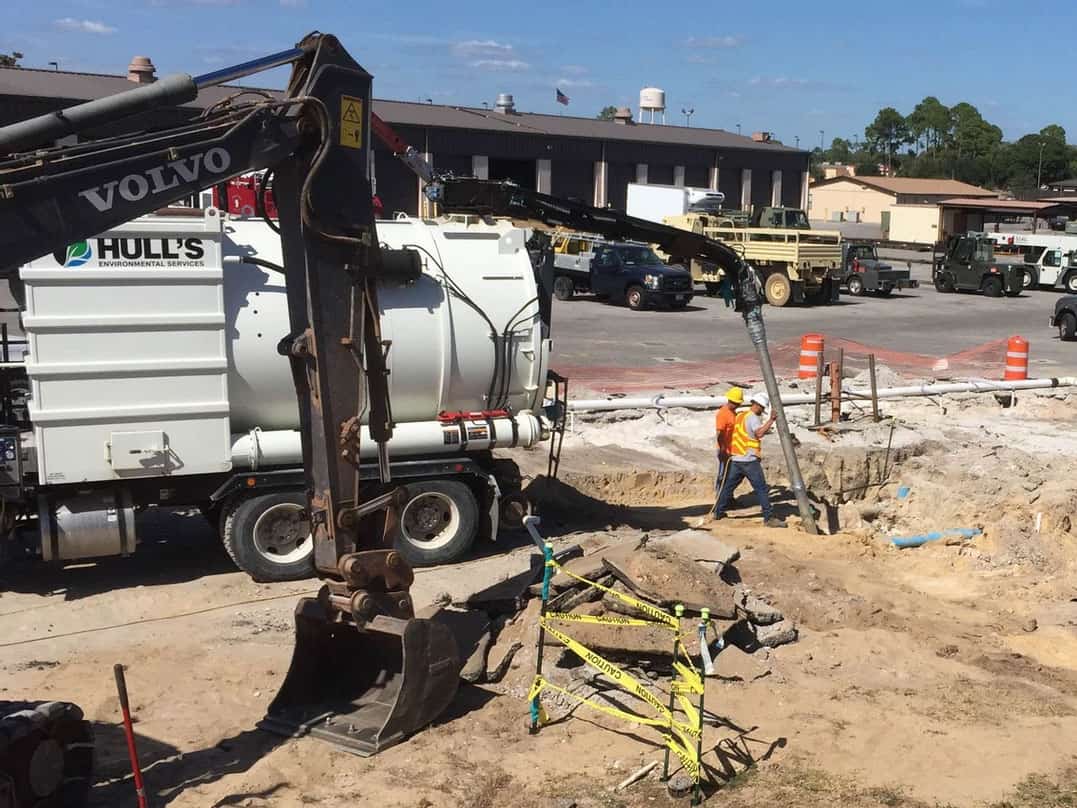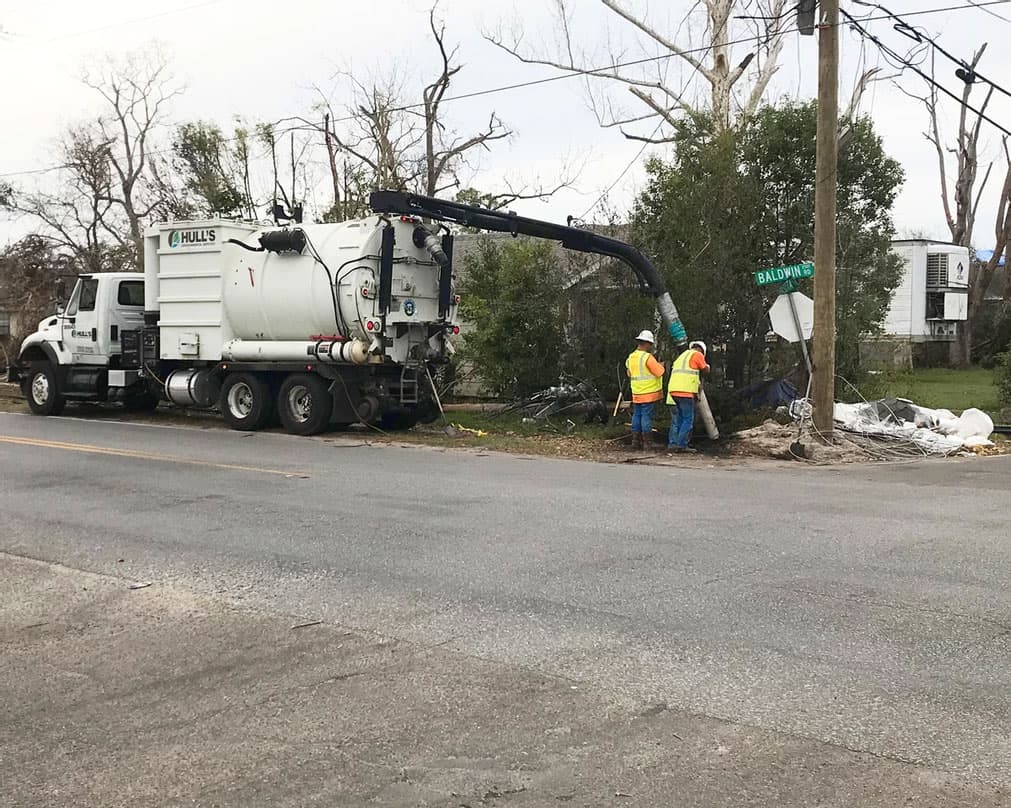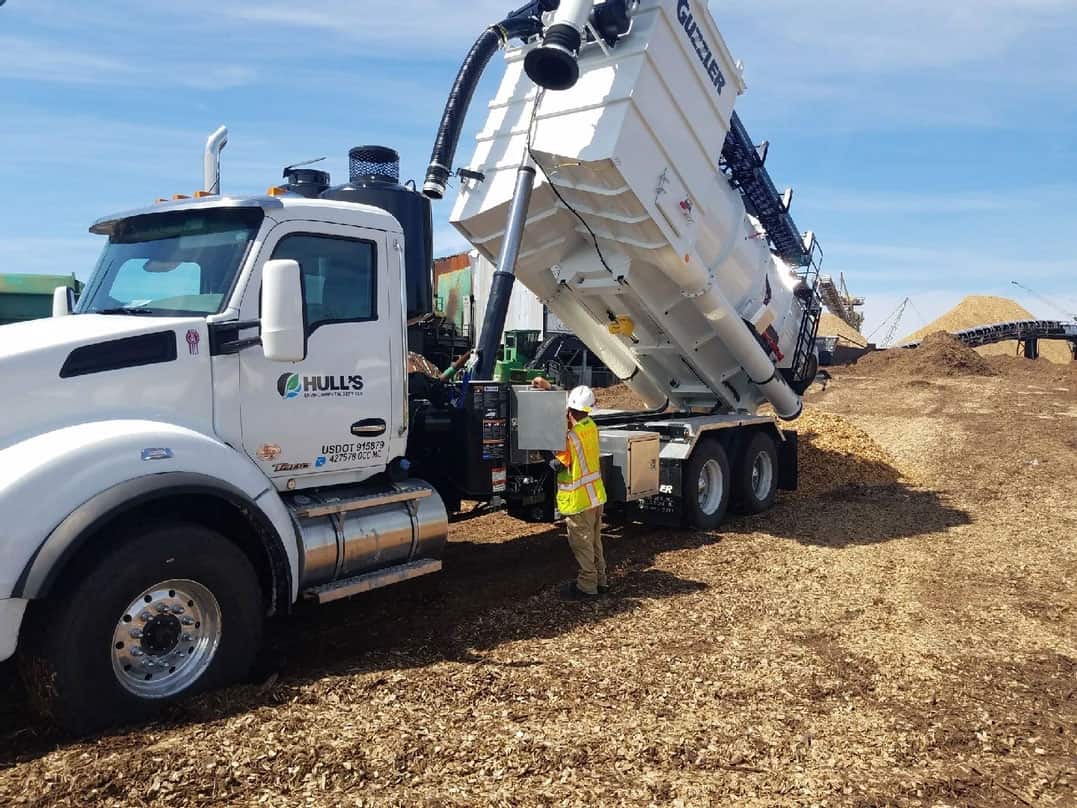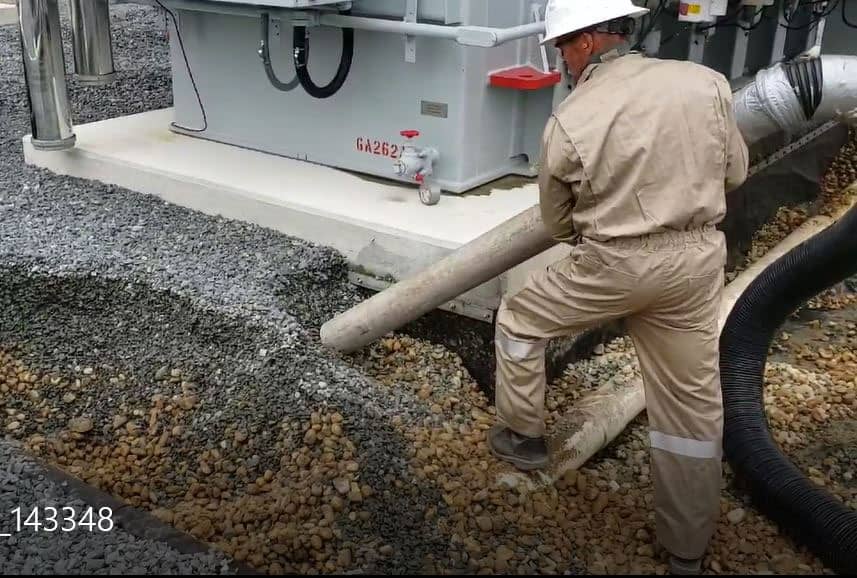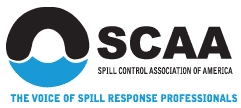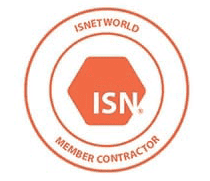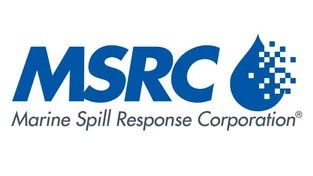If you had x-ray vision, you would see a myriad of gas lines, fiber optic cables, potable water lines, telecommunications cabling and sewer lines traverse the underground landscape across America. These utilities that go unnoticed – but have critical function to our way of life – are often susceptible to accidental damage from mechanical excavation.
So, is there a better way to reduce the risk of damaging these utilities when excavation is required? There is and it is called vacuum excavation.
Vacuum excavation, sometimes referred to as “soft digging” or “potholing” is the process of using a powerful vacuum mounted on the back of a commercial truck frame to dig a hole and expose utilities that are present. These heavy-duty, industrial machines are equipped to provide up to 28” mercury and 5,250 CFM of airflow. This combination of vacuum power and airflow enables a user to be very effective at exposing buried utilities.
While there are a variety of enhancements these vehicles may have, such as a hydraulic hose boom to make hose handling and placement easier, or high rail modification that allows the vehicle to travel directly on a railroad, the typical, standard unit is versatile and effective.
The use of vacuum excavators goes much further than exposing underground utilities. Railways use them to lift and remove contaminated ballast along railroad tracks; manufacturing facilities use them to remove sludges and slurries resulting from their operations; industrial plants find them useful for cleaning, transporting and dumping solid materials like bulk powders; and energy companies use them in place of heavy equipment around substations to aid in cleanup of spilled or leaked mineral oil associated with transformers.
Vacuum excavation, sometimes referred to as “soft digging” or “potholing” is the process of using a powerful vacuum mounted on the back of a commercial truck frame to dig a hole and expose utilities that are present. These heavy-duty, industrial machines are equipped to provide up to 28” mercury and 5,250 CFM of airflow. This combination of vacuum power and airflow enables a user to be very effective at exposing buried utilities.
While there are a variety of enhancements these vehicles may have, such as a hydraulic hose boom to make hose handling and placement easier, or high rail modification that allows the vehicle to travel directly on a railroad, the typical, standard unit is versatile and effective.
The use of vacuum excavators goes much further than exposing underground utilities. Railways use them to lift and remove contaminated ballast along railroad tracks; manufacturing facilities use them to remove sludges and slurries resulting from their operations; industrial plants find them useful for cleaning, transporting and dumping solid materials like bulk powders; and energy companies use them in place of heavy equipment around substations to aid in cleanup of spilled or leaked mineral oil associated with transformers.

